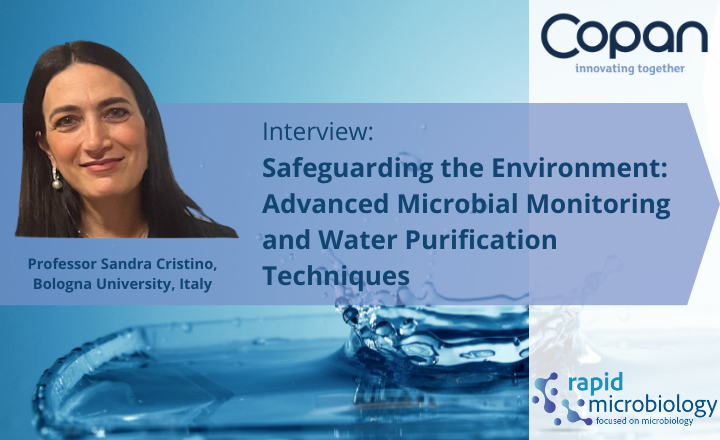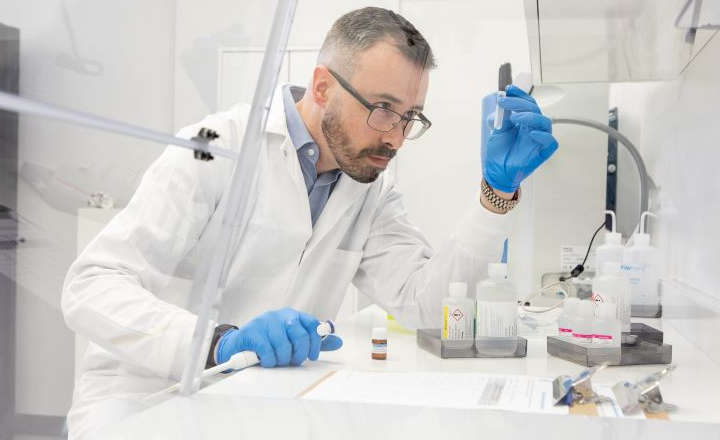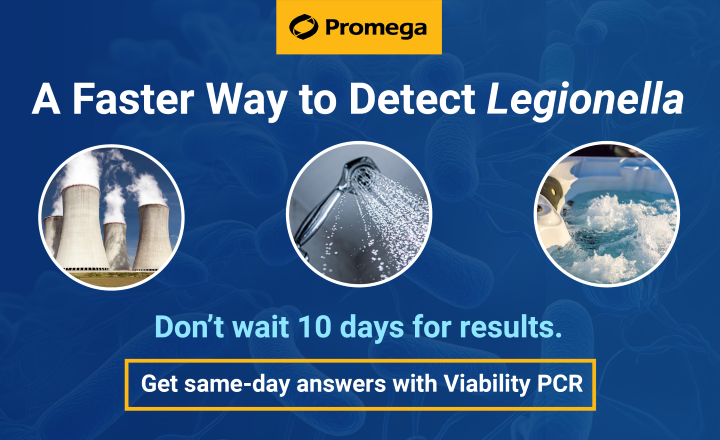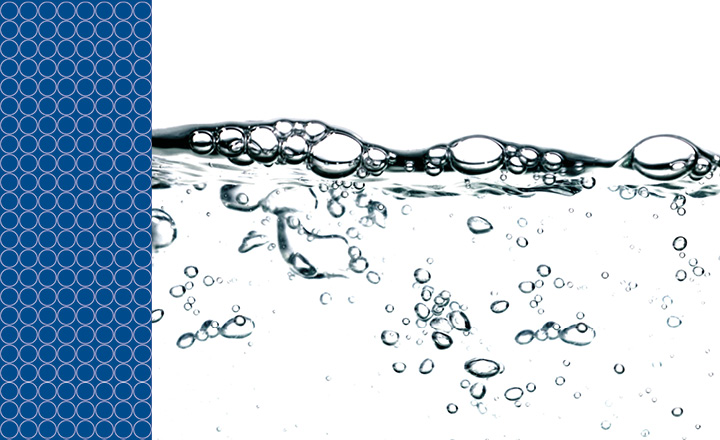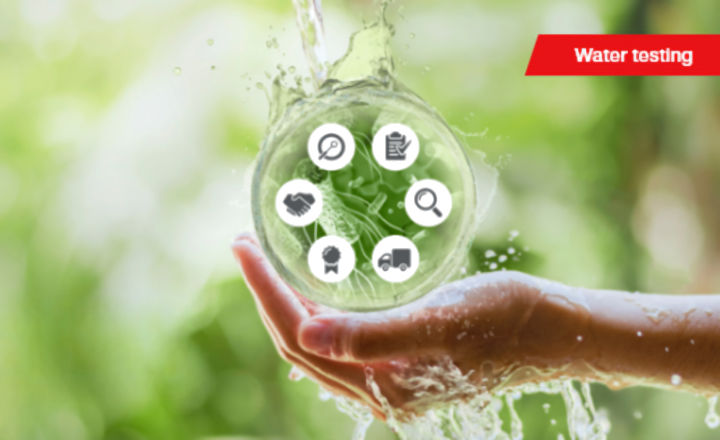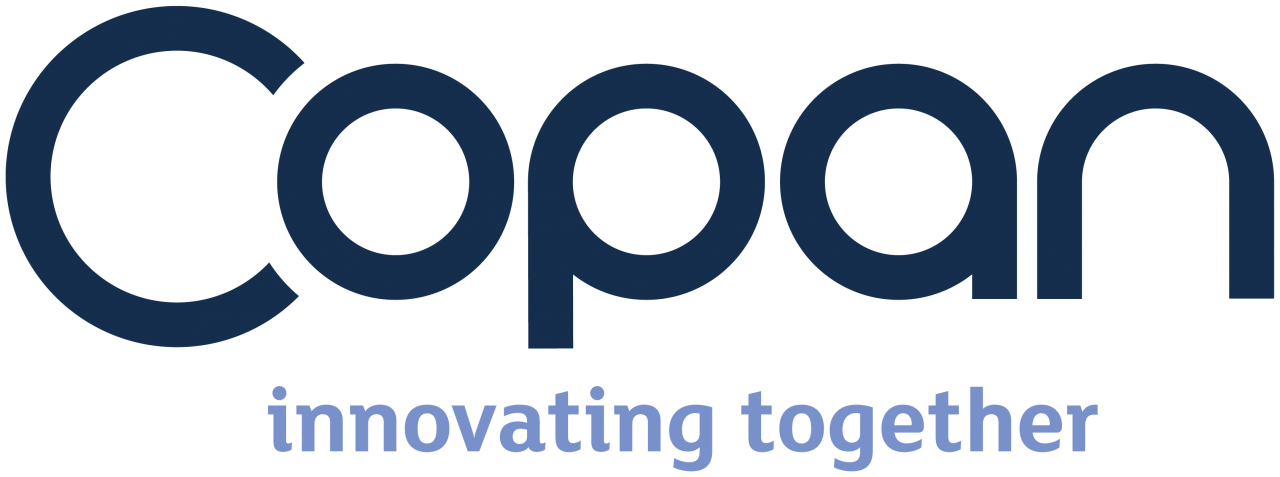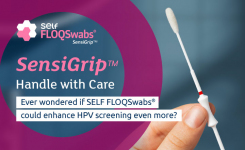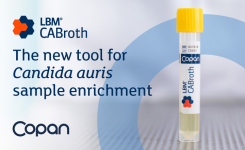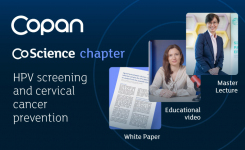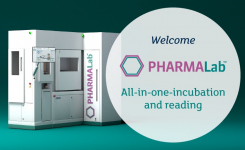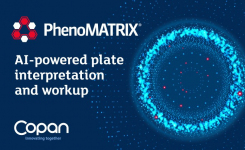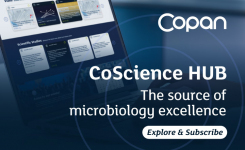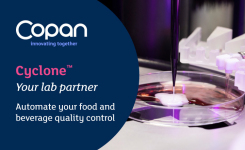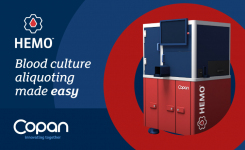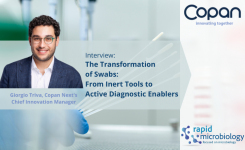Public health teams can now identify and eradicate potentially pathogenic microorganisms from any water source more effectively than ever using advanced microbial techniques and modern water purification technologies.
Molecular microbiology techniques such as Next-Generation Sequencing and purification technologies such as ultraviolet disinfection and membrane filtration can rapidly and accurately identify microorganisms to help prevent waterborne risks.
At Bologna University in Italy, a group of researchers led by Professor Sandra Cristino has investigated microbial populations in different habitats, particularly emphasizing drinking water safety and quality. Based in the Biological, Geological, and Environmental Sciences department, Professor Cristino's team studies how environmental factors, particularly water quality, can influence public health outcomes.
Here, we have an opportunity to explore Professor Cristino's innovative work in monitoring drinking water quality and the risk it can pose to public health.
Q: How has the field of environmental microbiology evolved in recent years, and what are the most significant challenges?
Sandra: In recent years, given the increase in the incidence of waterborne diseases, several European and national directives on water for human consumption have drawn attention to studying pathogens in the aquatic environment. Therefore, based on applying the Water Safety Plan approach to the whole drinking water distribution system (WDS), researchers have focused their studies on the environment where pathogens live within a complex community. Furthermore, isolating, identifying, and typing pathogens play an important role in environmental monitoring as a routine preventive approach.
The concept of self-assessment was introduced not only in healthcare facilities but also in companies, recreational facilities, and all types of buildings, with water intended for human consumption. For the first time, environmental surveillance aims to understand the dynamics of the contamination of the WDS and not only the type and level of the contamination.
Q: What recent breakthroughs in molecular epidemiology have most excited you, and how do you see them impacting public health strategies?
Sandra: The introduction of molecular typing to identify and correlate isolates for epidemiological investigation has dramatically impacted public health. With it, the pathogens with low growth rates, requiring long-term incubation on the standard culture media, and the viable but non-culturable bacteria (VBNC) have also been identified, characterized, and typed.
Most new technologies have contributed to phylogenetic studies, and new species have been described. Our group described two new species of Legionella, L. bononiensis and L. resiliens, and other new isolates are under investigation.
Q: What techniques does your team use to examine bacterial and viral populations? Can you explain these advantages and maybe share a specific instance where they have highlighted a particular issue?
Sandra: In our laboratory, over the last ten years, we've started combining common and standardized culture techniques with new approaches to isolate, identify, and type bacteria.
In environmental monitoring, we have introduced molecular techniques that are widely used in the clinical field, such as real-time PCR, digital droplet PCR (ddPCR), and LAMP-PCR. Since 2019, we have introduced Whole Genome Sequencing (WGS) and the metagenomic approach to water samples and isolates for the genotypic characterization of the water bacterial community.
To improve bacterial identification, we have routinely started to use the MALDI-TOF MS approach and IR spectroscopy to develop an artificial neural network (ANN), study bacterial relationships, and isolate changes over time, starting from bacterial isolation and identification.
Furthermore, as a new approach to estimating the presence of other bacteria that could support biofilm formation, we have combined water sampling with swabbing with Copan's Swab Rinse Kit (SRK®) to study water contamination at the point of use.
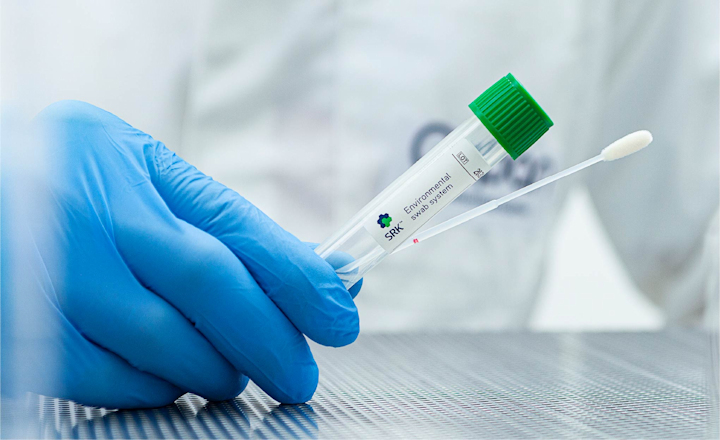
Copan's Swab Rinse Kit (SRK®)
Q: Can you describe an innovative water disinfection protocol your team has developed? What makes it unique, and how does it improve upon existing methods?
Sandra: Our recent paper published by the Journal of Oral Microbiology reports one of the most recent experiences in environmental monitoring and evaluation of disinfection protocols. The paper focused on developing an initial water safety plan for a dental clinic complex of 60 dental chairs.
In this paper, we have described a new sampling method and new strategies for disinfecting a complex water distribution piping as a dental unit. For the first time, sampling was carried out by combining water with swab samples on pipelines collected with SRK®, focusing on the level of dental unit components. The strategies used have made it possible to identify new risk factors favoring the growth of Legionella and P. aeruginosa.
The study's novelty is related to a new sampling method based on collecting water from four main components: water inlet, water from bottles, water from patient glass, and water from handpieces. This sampling differs from the approach suggested in the guidelines, which indicates the collection of water samples from each of these locations and the mixing of the samples to increase the final volume to 1 liter. The new sampling approach allowed us to investigate the level of contamination in different pipelines, identify the contamination site, and focus on the maintenance, replacement, and disinfection of dental unit components at a specific site.
In addition, an improvement of the protocol for continuous and shock disinfection based on hydrogen peroxide has been implemented.
Q: Can you walk us through your approach to Legionella monitoring? Why is it so important for public health?
Sandra: I have been working on Legionella since 2006, using the culture technique on selective media as the gold standard.
I've learned a lot about isolating Legionella, but I have some difficulties growing and identifying the bacteria due to the few reagents available. At the same time, I started to travel around our region to carry out sampling campaigns in healthcare facilities. I remember the heavy glass bottles for sampling, the old manual filtration systems, and the time-consuming identification tests.
Now, my laboratory, which was completely renovated in 2019, has most of the new equipment for studying water quality and assessing biological risk, air and surface biological contamination, and technologies for identifying and typing isolates. (e.g. Maldi Biotyper, IR Biotyper, RT-PCR, Lamp-PCR, etc).
During the last few years, the knowledge of Legionella has increased, and the guidelines have been implemented, reaching a wider range of participative public users. Several meetings have been organized not only in scientific communities but also in hospitals, healthcare institutions, companies, and professional associations.
There is a new approach to Legionella monitoring. In particular, companies have developed risk assessment plans and regular Legionella monitoring in line with healthcare facilities. There is more awareness of the risk and more cooperation between stakeholders. Our presence is seen as a form of collaboration and not as an inspection. On several occasions, our partners are open to new sampling strategies, such as taking swabs at the outlets in addition to the usual water samples, showing interest in a new technique for isolating Legionella (RT-Lamp, ddPCR) or a new protocol for maintaining or disinfecting the water distribution system.
We have also tried to reduce the use of chemicals by increasing the maintenance of water distribution systems to avoid stagnating water, warming water, and changing water quality.
Q: How do you balance the need for efficacy against potential environmental impacts in developing disinfection protocols?
Sandra: In my experience, the use of disinfectants must be controlled. Contamination is the result of several factors that must be understood and analyzed. Several experiences have shown that disinfection treatments show only a short efficacy, with a strong impact on the pipeline network, damaging the hydraulic components and increasing contamination.
The approach that we have implemented and proposed is based on the study of water distribution systems, layouts, and components. This has been achieved by setting up a multidisciplinary group.
Here, it is possible to share experiences and develop strategies to control water contamination. The presence of bacteria in the water is not an "extreme event." It is a dynamic that we have to learn about, and we have to work together to develop strategies. We have learned a lot from the sampling on-site and from the discussions with the engineering department and maintenance technicians.
Q: Are there any emerging pathogens you believe deserve more attention from public health officials?
Sandra: The study of water ecology and the development of knowledge of the "water microbiome" is supported by using a metagenomic approach, which is also being implemented in water distribution systems.
In my experience, focusing on one or a few pathogens may not be the best approach. We need to look at the relationship between bacteria and the environment, including bacteria that don't show pathogenic patterns and follow their evolutionary history.
Clearly, we need to focus on how climate change affects pathogens' ecology. Warming water is just the tip of the iceberg; we will work to understand the "underwater world," developing preventive strategies to avoid outbreaks and pandemics, and elaborate new disinfection protocols to avoid using chemicals that are strictly correlated to bacteria resistance.
For example, we are working on a protocol based on unconventional essential oils. These have a low environmental and economic impact and are being investigated to control the growth and spread of bacteria.
Discover more about the SRK® product line here.
About Professor Sandra Cristino:



